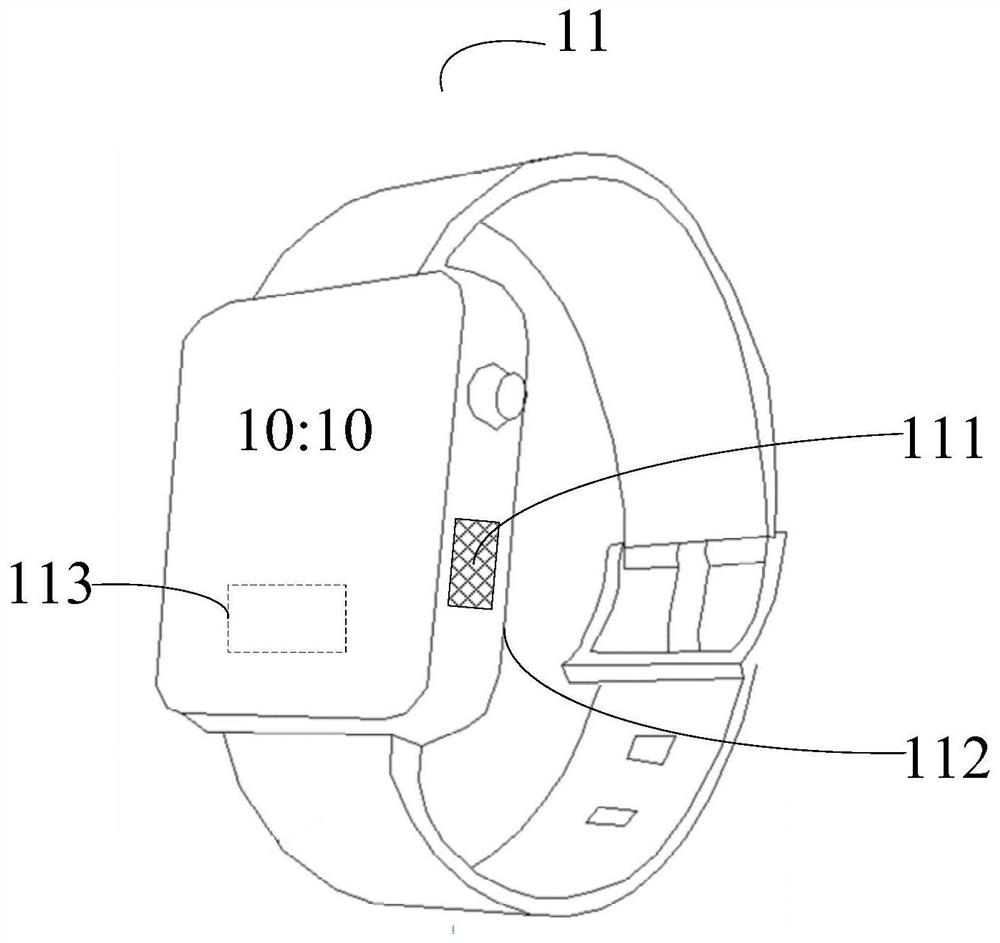Training method for noise reduction autoencoder, noise reduction method for ECG signal, and related devices and equipment
A technology of ECG signal and self-encoder, which is applied in the fields of sensors, medical science, diagnosis, etc.
- Summary
- Abstract
- Description
- Claims
- Application Information
AI Technical Summary
Problems solved by technology
Method used
Image
Examples
Embodiment 1
[0197] Figure 7A It is a schematic flowchart of a training method for a noise reduction autoencoder provided in Embodiment 1 of the present invention, Figure 7B It is a schematic explanatory diagram of a training method for a noise reduction autoencoder provided by Embodiment 1 of the present invention. Specifically, this method can be image 3 The training device 120 is shown performing. Optionally, steps S702-S706 in this method may also be pre-executed by other functional modules before the training device 120, that is, first preprocess the data of the original samples received or obtained from the database 130 to obtain training samples , and then the training device executes S708 and S710 through the training samples to train the noise reduction autoencoder. Optionally, the method can be processed by a CPU, or can be processed by a CPU and a processor suitable for neural network calculation (such as Figure 6 The shown neural network processor 30) jointly processes ...
Embodiment 2
[0285] Figure 7D It is a schematic flowchart of another training method for a noise reduction autoencoder provided in Embodiment 2 of the present invention. Specifically, this method can be image 3 The training device 120 is shown performing. Optionally, steps S712-S716 in this method may also be pre-executed by other functional modules before the training device 120, that is, first preprocess the data of the original samples received or obtained from the database 130 to obtain training samples , and then the training device executes S718 and S720 through the training samples to train the noise reduction autoencoder. Optionally, the method can be processed by a CPU, or can be processed by a CPU and a processor suitable for neural network calculation (such as Figure 6 The shown neural network processor 30) jointly processes as Figure 6 The shown neural network processor 30 is not limited in this application. The method may include some or all of the following steps:
...
Embodiment 3
[0306] Such as Figure 8A It is a schematic flow chart of an ECG signal noise reduction method provided in Embodiment 2 of the present invention, Figure 8B It is a schematic explanatory diagram of an ECG signal denoising method provided in Embodiment 2 of the present invention. The method uses the target denoising autoencoder trained in Embodiment 1 to implement denoising of the ECG signal to be denoised. Specifically, this method can be image 3 Executed by the execution device 110 shown, the ECG signal to be denoised in this method can be as follows image 3 For the input data given by the user equipment 140 shown, the preprocessing module 113 in the execution device 110 can be used to execute S802-S804 in the method 800. The signal superposition module 114 in the execution device 110 is used to execute In S808 of the method 800, the calculation module 111 in the executing device 110 may be used to execute the S806. Optionally, the method 800 may be processed by a CPU, o...
PUM
 Login to View More
Login to View More Abstract
Description
Claims
Application Information
 Login to View More
Login to View More - R&D
- Intellectual Property
- Life Sciences
- Materials
- Tech Scout
- Unparalleled Data Quality
- Higher Quality Content
- 60% Fewer Hallucinations
Browse by: Latest US Patents, China's latest patents, Technical Efficacy Thesaurus, Application Domain, Technology Topic, Popular Technical Reports.
© 2025 PatSnap. All rights reserved.Legal|Privacy policy|Modern Slavery Act Transparency Statement|Sitemap|About US| Contact US: help@patsnap.com



